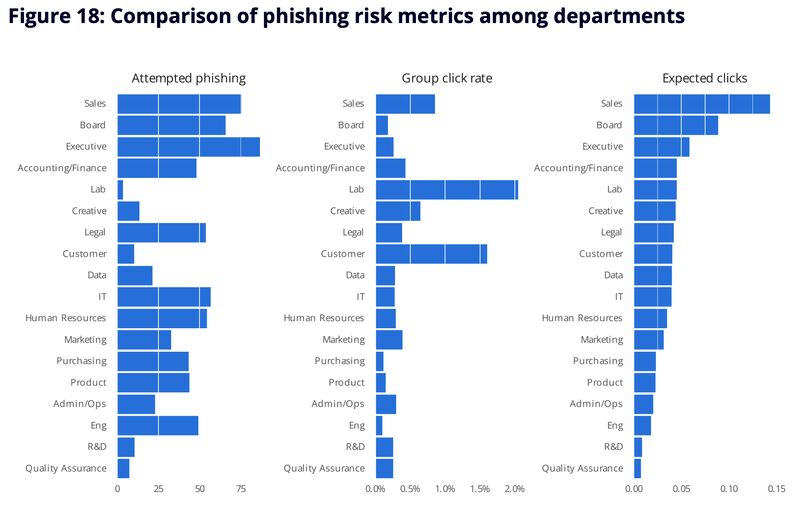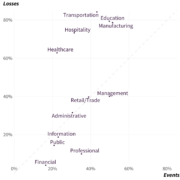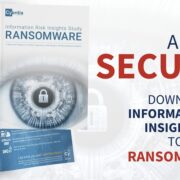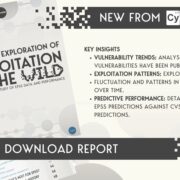Phishing remains one of the most effective weapons in a cybercriminal’s arsenal, targeting human vulnerabilities to breach organizational defenses. While it’s easy to stereotype sales teams as the “gullible” ones most prone to phishing, the reality is far more nuanced. According to Mimecast’s Exposing Human Risk report, developed in collaboration with Cyentia Institute, sales teams are indeed the most targeted by phishing attempts, but they are far from the most likely to click. That dubious distinction belongs to internal lab teams, whose role-based behavior presents unique challenges in cybersecurity.
Mimecast’s analysis reveals that salespeople, along with board members and executives, carry the highest overall risk of successful phishing attacks. These roles, characterized by their public visibility and frequent interactions with external stakeholders, make them prime targets for attackers seeking to exploit influence and access. While sales teams are often well-trained to recognize and avoid phishing attempts, the sheer volume of targeted attacks increases the likelihood of eventual success. Executives and board members face similar challenges, with their high-profile positions attracting tailored, sophisticated phishing campaigns.
Interestingly, the data also highlights the vulnerability of internal lab teams, who are less frequently targeted but far more likely to fall for phishing attempts. This “targeted vs. tricked” dichotomy underscores the importance of understanding both how and why specific roles are vulnerable. Lab employees often operate in highly focused environments where distractions can compromise attention to security cues, making them ideal candidates for phishing simulations and targeted training.
These findings point to a critical flaw in traditional cybersecurity training: the one-size-fits-all approach. Annual slide decks and generalized awareness programs fail to address the distinct risks associated with different roles. As the data shows, a tailored strategy is needed—one that combines role-specific training with enhanced protective measures for high-risk employees. Sales teams, for example, might benefit from ongoing phishing simulations designed to mirror the types of attacks they encounter daily, while executives require additional layers of monitoring and protection to reduce their exposure.

Mimecast’s report emphasizes that mitigating human risk begins with data-driven insights. By analyzing patterns of phishing attempts, click rates, and successful breaches, organizations can identify their riskiest roles and implement targeted interventions. For sales teams, this could involve leveraging advanced email filtering and real-time threat detection tools to reduce the frequency of phishing emails. For lab teams, timely feedback and hands-on training can help lower click rates and foster a more security-conscious culture.
Ultimately, the findings suggest a need to rethink the human element of cybersecurity. Phishing is not just a technical issue; it’s a behavioral one, deeply intertwined with the roles and habits of an organization’s employees. To build a robust defense against these threats, businesses must adopt a holistic, human-centric approach that combines technology, data, and behavioral science.
For a deeper dive into the nuances of human risk and actionable insights for your organization, download the Exposing Human Risk report, available now with no registration required. Don’t miss the chance to gain a clearer understanding of your vulnerabilities and the tools to address them.






